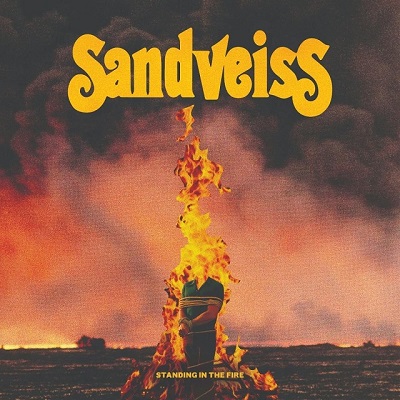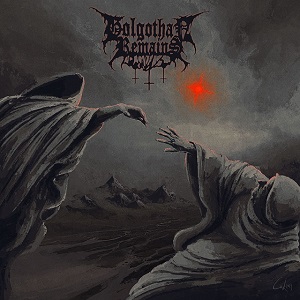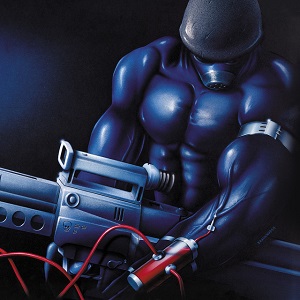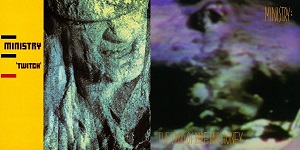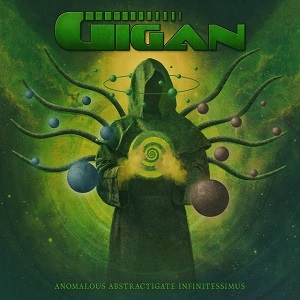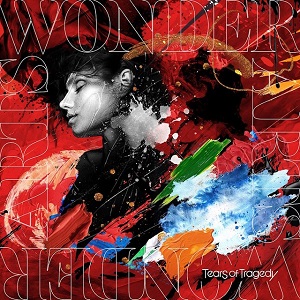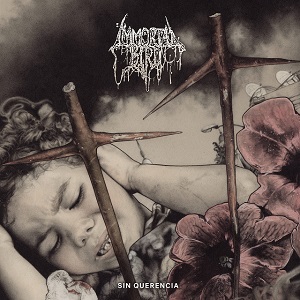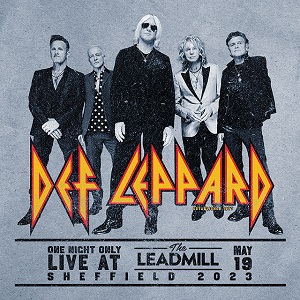Producer / Engineer RANDY STAUB Discusses Drums, Dr. Feelgood, And METALLICA's Black Album In New Interview
November 28, 2011, 12 years ago
Producer/engineer Randy Staub, known for his work with METALLICA, MÖTLEY CRÜE, BON JOVI and NICKELBACK, is featured in a new interview with Ultimate-Guitar.com. An excerpt is available below:
UG: The relationship between yourself and Bob Rock (producer) became a partnership that went on to make some of the biggest rock records. How important was that working relationship for you when it came to crafting a great record?
Staub: "Working with Bob has been invaluable. He has been a mentor and because you spend so many hours sitting in a studio room without any windows, beside someone, you obviously will become really close friends. And he is one of a small handful of top notch producers in the world and a fantastic engineer as well, so it was nothing but the best possible education I could get. It is a great working environment and its fantastic making great records together. It is a lot of work but it is all good."
UG: Going back to Dr. Feelgood, how did you go about capturing that sound on that album?
Staub: "At the time, the band and Tommy Lee, who in particular is a really great drummer with an already big sounding drum sound, had this idea for Dr. Feelgood which was that they wanted the drums bigger than life. So we used a method, which I don’t think we pioneered, as it was probably something going on elsewhere as well, but it was a method where we took sub-woofers that you normally used for live sound application, and put them in the room with the drums; in the recording room, and behind Tommy Lee, so that every time he hit the kick drum, it’d trigger through the sub-woofer giving Tommy this feeling of his ass being moved by these big sub woofers. But doing it this way, would always place a huge amount of bottom end into the room itself, so you’d capture that too and it became part of the sound, and part of trying to get this bigger than life rock sound. That method was the defining idea and that’s what we went with for the entire album."
UG: You obviously took that Dr. Feelgood drum approach to the next level on the next album you worked on, which was Metallica’s Black album.
Staub: "That’s correct, but I know Lars and a couple of the other guys had listened to the Dr. Feelgood record and Lars in particular, really loved that drum sound. So he wanted something along those lines as well. And that was one of the first reasons why Bob Rock’s name came up as producer. So when we started to make the Black album, that same ideal was the driving force for the record, which was again about getting a drum sound that was as big as possible and as huge and open as possible too. Lars had a specific idea on how he wanted the drums to sound, which involved a lot of attack and lot of top end and a very particular tone. So it was a marrying of the two. I do recall that in the studio in North Hollywood called One On One, where we did the Black album, they had these huge sub-woofers in their recording room already. They were huge about 36 inch speakers or something so we used those in the same way as we previously did on Dr. Feelgood. But we spent a lot of time, hours turned into days and days turned into weeks getting a very specific drum sound and a long time getting the sound that Lars wanted exactly."
Click here for the complete interview.

